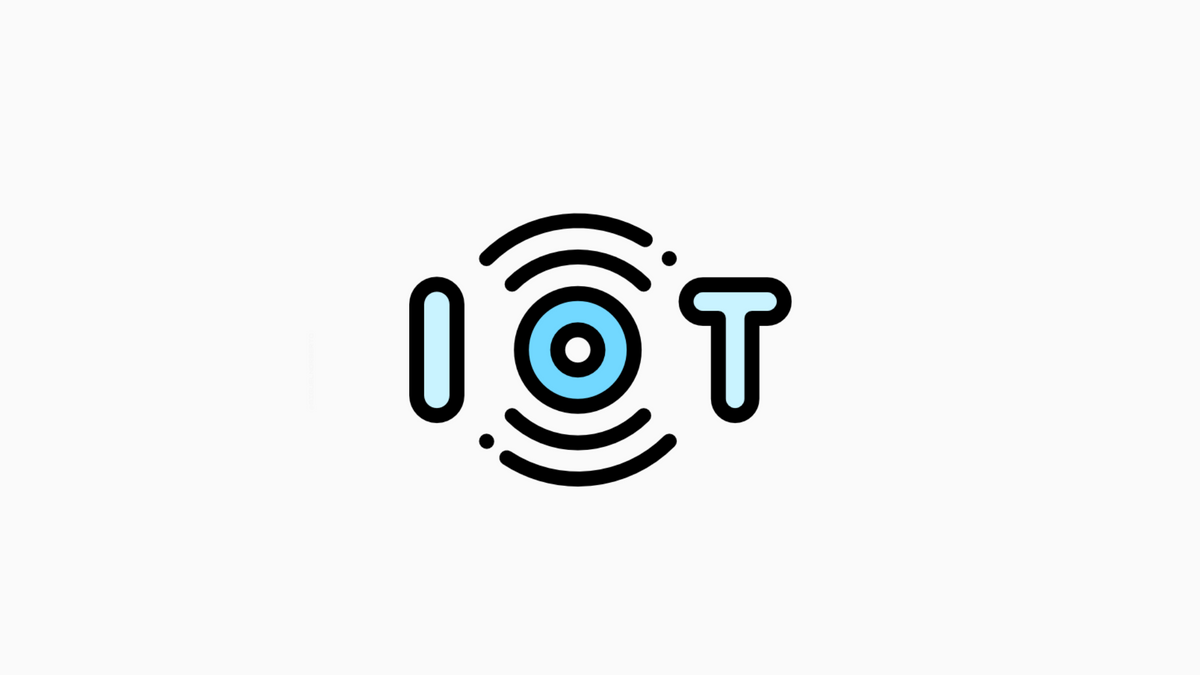An Introduction to IoT

The phrase “Internet of Things” describes a future where everything is connected to the internet.
For example, cars, appliances, and clothing will connect to the internet and send and receive data. This will allow for smart homes, where devices can be controlled from a phone or computer, and smart cities, where traffic lights and other city functions can be controlled remotely.
The potential for the Internet of Things is enormous. It could make our lives easier by making everyday tasks like turning on the lights or starting the car easier. It could also help us save energy and resources by making our homes and cities more efficient. And it could improve our safety by allowing us to keep track of things like traffic congestion and weather patterns.
However, there are some concerns about the Internet of Things.
How does IoT work?
Suppose you’re not familiar with the term. In that case, the Internet of Things (IoT) is a network of physical devices, vehicles, home appliances, and other items embedded with electronics, software, sensors, and network connectivity that enables these objects to collect and exchange data.
The IoT can add trillions of dollars to the global economy in the next decade. Already there are more than 10 billion connected devices in use today, and that number is increasing. McKinsey Global Institute estimates that IoT applications could have a total value of $11.1 trillion per year by 2025.
So how does IoT work? First, devices connected to the internet can communicate and share data. This data can be used for various purposes, such as monitoring energy usage or tracking vehicle location and movements.
Applications of IoT
The Internet of Things (IoT) has the potential to change the way we live, work, and play. Here are some examples of how IoT is being used today:
- Retailers are using IoT to track inventory and improve customer service. For example, Walmart uses RFID tags to track inventory, and Amazon uses sensors to detect when products are out of stock.
- Manufacturers use IoT to improve quality control and shorten production cycles. For example, General Electric uses sensors to monitor the performance of jet engines in real-time.
- Cities are using IoT to reduce traffic congestion and energy consumption. For example, Singapore uses intelligent sensors to optimize traffic flow, and Barcelona uses LED streetlights that can be dimmed or turned off when no one is around.
Security and privacy concerns with IoT
IoT devices collect an increasing amount of data on everything from our daily routines to our most personal moments. While this wealth of data can provide valuable insights for businesses and individuals, it also raises security and privacy concerns. These concerns include the potential for hackers to gain access to our data or even control IoT devices, the collection of personal data without our consent, and the use of IoT data for unethical or illegal purposes.
While we can take steps to mitigate these risks, such as using strong passwords and encryption, we need greater transparency and accountability from companies that deploy IoT devices and services.
We also need better regulation of how data is collected and used by corporations and governments. Until then, we should be cautious about connecting too many devices to the internet and sharing too much information about ourselves.
The future of IoT
IoT is changing the way we live and work. It has the potential to improve our quality of life, make businesses more efficient, and help us save money.
However, some concerns about privacy and security need to be addressed. Therefore, we should continue experimenting with IoT and find ways to make it more secure and user-friendly.
Nevertheless, the future looks bright for IoT, and I am excited to see what new applications and devices will be developed in the years to come.